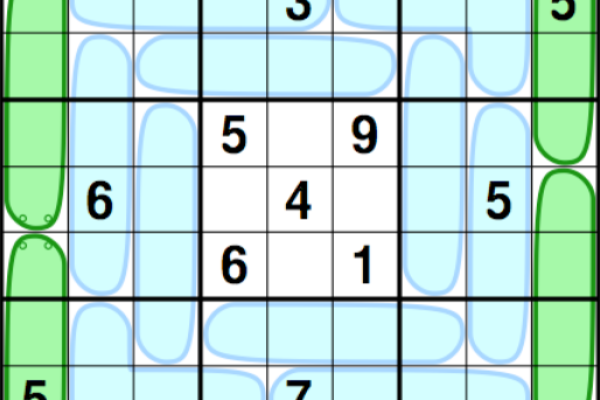Article

Drinking coffee in the Klein Café
Runner up in the schools category. Dusty books, chalky blackboards and checked shirts are all things usually associated with maths. But according to Jonathan Tims, pubs, hot chocolate and cats can be far more inspirational. Join him on a trip through shadow land.
